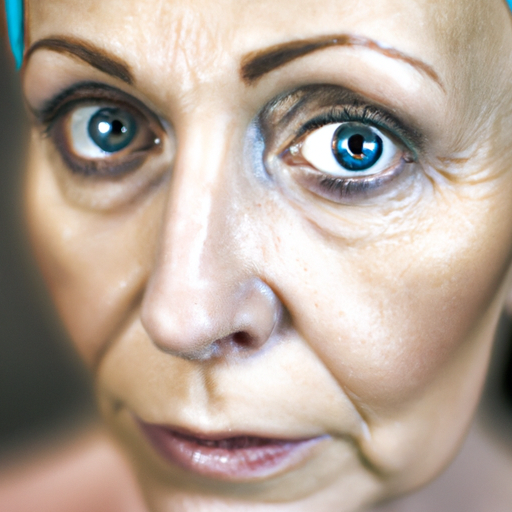As a medical professional, I am often asked about the latest skincare treatments and techniques. One that has been gaining popularity in recent years is dermaplaning. This treatment promises smoother, brighter skin and an overall rejuvenated appearance. But what exactly is dermaplaning, and how does it work? Let’s delve into the secrets of this innovative skincare procedure.
Dermaplaning is a non-invasive, physical exfoliation procedure that removes the top layer of dead skin cells and vellus hair, commonly known as “peach fuzz,” from your face. The procedure involves using a sterile, surgical scalpel to gently “shave” the skin’s surface. This might sound intimidating, but when performed by a trained professional, it’s entirely safe and painless.
The primary benefits of dermaplaning are twofold. First, by removing the outer layer of dead skin cells, it reveals a fresher, brighter complexion underneath. This can help to reduce the appearance of fine lines, acne scars, and hyperpigmentation. Second, by removing the vellus hair on the face, it creates a smoother surface for makeup application, allowing products to go on more evenly and last longer.
One of the most significant advantages of dermaplaning is that it is suitable for almost all skin types. Whether you have dry, oily, or combination skin, you can benefit from this treatment. However, those with active acne breakouts or highly sensitive skin should avoid dermaplaning until their condition improves.
Another appealing aspect of dermaplaning is its immediate results. Unlike some skincare treatments that require multiple sessions before you see any improvement, with dermaplaning, you’ll notice a difference right away. Your skin will look brighter and feel incredibly smooth immediately after the procedure.
Despite its benefits, there are also some misconceptions about dermaplaning that need to be addressed. One common myth is that your hair will grow back thicker and darker after dermaplaning. This is not true. The structure of your hair follicle determines the thickness and color of your hair, and dermaplaning does not affect this. Your hair will grow back at the same rate and texture as before.
Another concern some people have is that dermaplaning will cause their skin to break out. While it’s true that any form of exfoliation can potentially cause a temporary increase in breakouts, this is usually a sign that your skin is purging itself of impurities. As long as you follow a proper skincare routine after your treatment, including cleansing and moisturizing, this should not be a significant issue.
In conclusion, dermaplaning is a safe, effective, and quick way to achieve smoother, brighter skin. It’s an excellent option for those looking for immediate results and a non-invasive treatment. However, like any skincare procedure, it’s essential to have it done by a trained professional to ensure safety and effectiveness.
Remember, everyone’s skin is unique, and what works for one person may not work for another. Always consult with a skincare professional or dermatologist before starting any new skincare treatment or procedure. With the right guidance, you can discover the best methods to keep your skin looking its best. Dermaplaning could be the secret to unveiling your most radiant skin yet.



